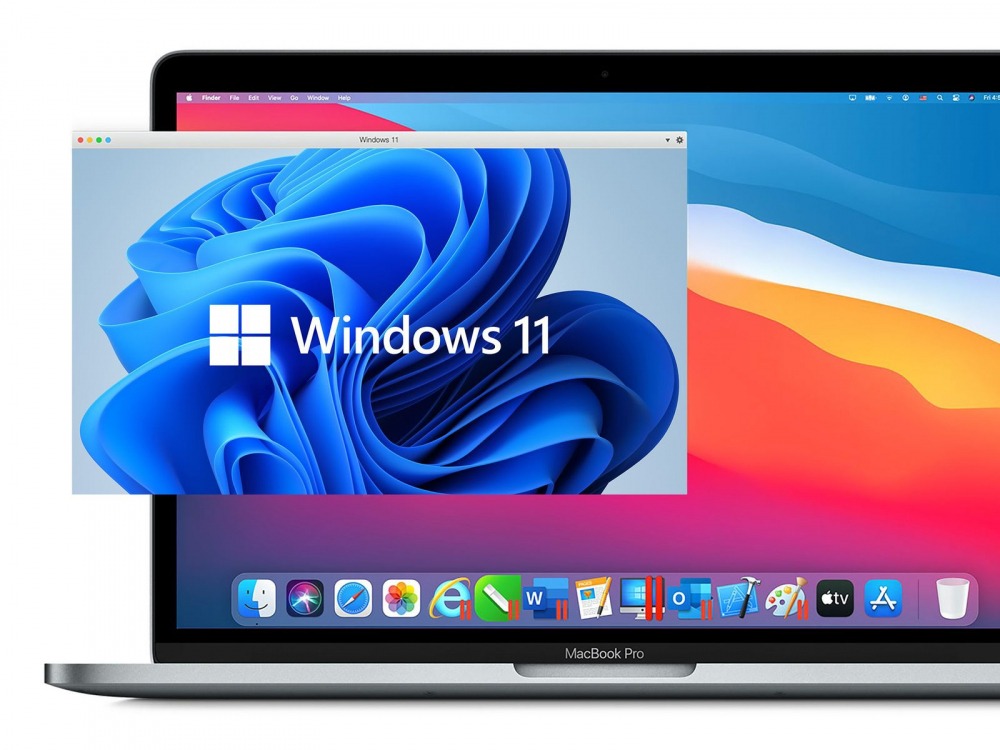MacBooks are often considered high-quality and reliable laptops, but no product is perfect. Although Apple has a loyal fan base, there are some significant drawbacks that you should consider before purchasing a MacBook.
Software support
Apple’s MacBooks run on macOS, which is very different from the more popular Windows operating system. Although well optimized by Apple, macOS still has many disadvantages and lack of software support is one of them.

Third-party app support has improved in recent years, and you’ll find that a lot of apps have macOS versions available. However, there are currently quite a few applications that are only supported on Windows and if they are work-related, you should research carefully before buying a MacBook.
Apple Silicon Macs cannot install Boot Camp to run Windows
Apple’s older MacBooks used to use Intel processors, and this allowed you to install Windows using Boot Camp. This is very useful and allows you to get the most out of both operating systems.

While newer MacBooks now run on Apple silicon chips. Although these chips have extremely impressive performance, they do not support installing Boot Camp to run Windows. There are some workarounds that involve installing virtualization software like Parallels Desktop or UTM to run Windows. However, beware of the downsides to using virtualization software to run Windows on your Mac.
Limited hardware upgrades
A key part of Apple’s hardware philosophy is having closed systems, and that is reflected in all of its products. Almost no Apple products allow users to upgrade easily.

Another major drawback of the MacBook is upgradeability. The processor and memory are integrated on a single circuit board, so users cannot upgrade RAM or hard drive after purchase. Apple even uses proprietary screws to prevent you from touching the inside of the MacBook.
Buy MacBook from Amazon:
- Apple 2022 MacBook Air Laptop with M2 chip
- Apple 2023 MacBook Pro Laptop M3 Pro chip
- Apple 2024 MacBook Air 15-inch Laptop with M3 chip
Therefore, you should carefully research and choose the RAM + hard drive configuration that suits your needs when buying a new MacBook.
Limited storage options
If you’re someone who needs a lot of storage on your computer, you might want to think again before buying a MacBook. That’s because they are not designed to hold huge amounts of data, and this is reflected in the price.

The base MacBook Air and MacBook Pro models only have a 256GB SSD, which is quite small compared to other competitors. If you want to upgrade your storage capacity at the time of purchase, you will be charged a fee. SSD hard drive upgrades will cost from $200 for 512GB to $800 for 2TB. By comparison, most Windows laptops today come with at least a 512GB SSD, with storage upgrades available at much lower prices.
Webcam quality
MacBook webcams have always been an area of concern. Until recently, all MacBook webcams had only 720p resolution with not very impressive quality. This has become even more important in the wake of the COVID-19 pandemic, with many people moving to online learning and working.

If you’re buying one of the latest MacBooks, the good news is that the latest MacBook Pro has a 1080p webcam with much better quality than before. However, if you’re buying an older version or a MacBook Air, be prepared to compromise on video quality on your Zoom calls.
Few connection ports
Apple always likes to reduce connection ports to optimize its devices. It was the first company to get rid of the headphone jack on smartphones, and the first to ditch all connection ports in favor of just USB-C ports on laptops. This caused outrage when it was initially announced, but since then, many of us have gotten used to carrying around a MacBook Thunderbolt dock.

Ports are currently a mixed bag between different MacBook models. The MacBook Air and MacBook Pro (13-inch, 2020) only offer 2 USB-C ports, which means you’ll need to buy a dock. However, Apple has reintroduced the HDMI port and SD card slot on its new MacBook Pro models (14-inch and 16-inch), making life a lot easier.
Currently, we cannot know which direction Apple will take in the future. They could keep the standard USB-C port line on all of their MacBook models and bring in additional connection ports specifically for “high-end” MacBook Pro models to cater to professional users.
Poor gaming
Apple’s limited ecosystem means less and less software is porting to macOS. While most major manufacturers like Adobe and Microsoft have introduced macOS versions of their creative suites, gaming remains an area where MacBooks still lag far behind.

A major reason for this is that the number of gamers using Macs is limited compared to the number of gamers on Windows computers. Macs are geared more towards office work, productivity and creativity than gaming. Furthermore, while some games have made their way to the Mac, they’ve often been released later than their PC and home console counterparts.
Previously, you could install Windows on a MacBook through Boot Camp and use it to run your games, but as mentioned before, Apple’s silicon Macs have disrupted that route. If you’re looking to play computer games, you’ll be much better off investing in a Windows laptop or, even better, a custom Windows PC.
